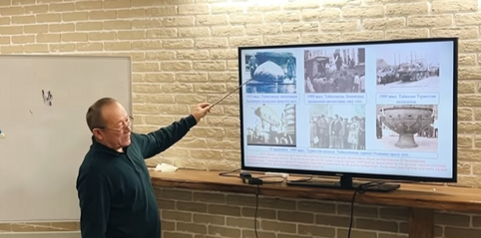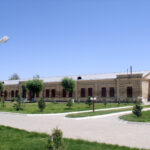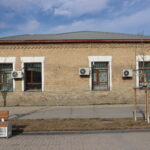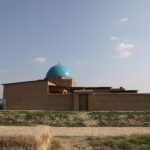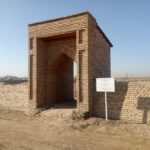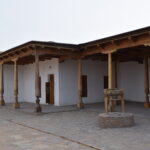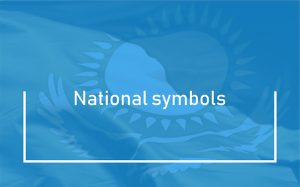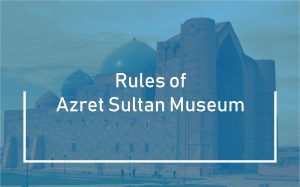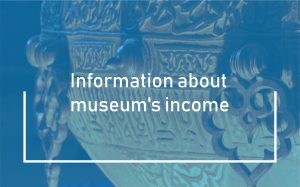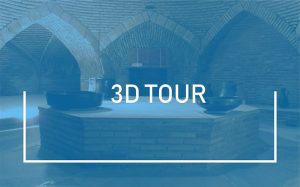A lecture on the original artifacts preserved in the KHOJA AHMED YASSAWI mausoleum.
A lecture titled “Original Artifacts Preserved in the Khoja Ahmed Yassawi Mausoleum” was held at the “Yassawi Studies” club, established under the “Azret Sultan” National Historical and Cultural Museum-Reserve. The session focused on the legendary artifacts, the Taykazan (the Great Cauldron) and the Lauha (the Tablet).
During the lecture, students were introduced to the history of the Taykazan and Lauha, including details about their casting, decorations, and inscriptions in Arabic and Persian. The symbolic, thematic, and ideological unity reflected in their design and engravings was explored and compared.
In addition, comprehensive information was provided about the cultural significance of the cauldron (qazan) in Kazakh society, the meaning behind its ornaments, and the inscriptions adorning it.
The second half of the session aimed to reinforce the material covered, featuring riddles about the cauldron and the flag (tugh). An interactive activity called “Continue the Proverb” was also conducted, encouraging student participation through a Q&A format.
Students from School No. 14 named after Kazhybek Bi, School No. 21 named after M. Poshanov, and the Nomad Intellectual School actively participated in the session. Those who demonstrated exceptional engagement were presented with printed materials from the museum as rewards.
The session successfully achieved its goals of acquainting young people with national history, encouraging critical analysis, fostering creativity, instilling respect for historical and cultural values, and nurturing patriotism. It also emphasized the importance of honoring state symbols and national traditions.
The lecture was conducted by S. Shametov, a scientific researcher at the “Azret Sultan” National Historical and Cultural Museum-Reserve.
Saken SHAMET,
Scientific Researcher

